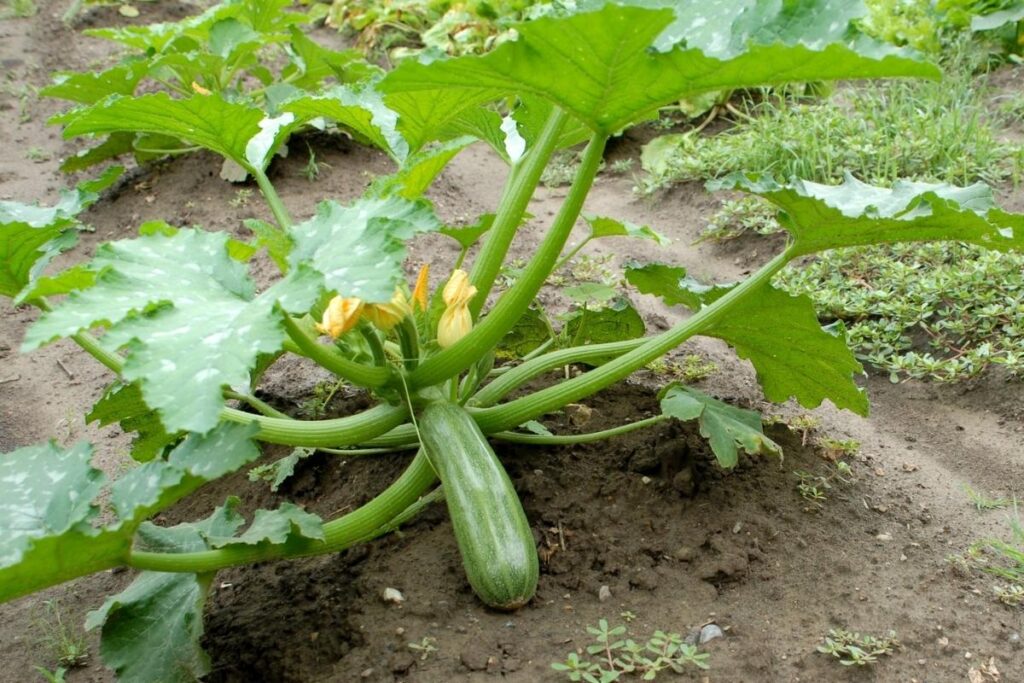
The humble zucchini is a vegetable that people seem to automatically plant in their gardens, and zucchini are easy to raise, but a very important question is, how many zucchini per plant? Is the conventional wisdom that a single plant will provide enough zucchini for a family of four, correct? What other useful zucchini information is out there?
You’ve come to the “one stop shop” for answers to those questions and more. Settle in, tie that virtual napkin around your neck, and dig in to the zucchini smorgasbord we’ve synthesized from web research, first-hand experience, and consultation with homesteaders we know. We’ll settle the question of how many zucchini per plant, how to deal with certain pests, zucchini’s origins—read on and see!
Cultivation and Propagation

A staple in many household gardens in temperate regions worldwide, zucchini is popular with no-frills diners and devoted foodies alike. It can be used in recipes from a simple squash saute to a fancy stuffed version filled with delicacies the names of which we’d have trouble even pronouncing.
Speaking of foodies, you may be surprised by this: among Americans who eat at restaurants regularly, a full 47 percent identify as foodies. Almost half of all your friends, neighbors, and family members who go out to eat. Watching professional cooking shows. Trying their hands at fancy recipes. Things in their fridges like “Korean chili paste.” What’s our point here?
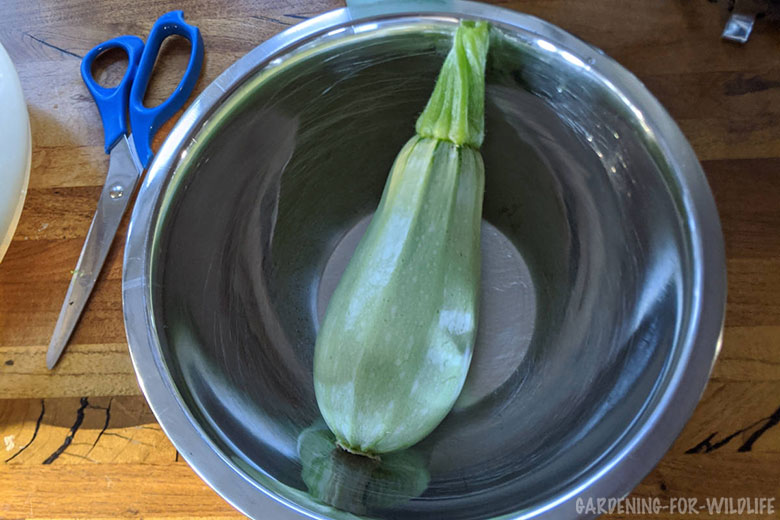
Well, foodies also tend to measure ingredients in ounces and pounds (not individual fruits or vegetables), and the yield of your typical zucchini plant is no exception in the online foodie world. So it took a bit of simple math, but the short answer to the question, “How many zucchini per plant?” is from nine to 27 in one season.
We get that figure from an average single zucchini weight of five or six ounces, making three zukes to one pound, and extrapolating from the figure of “three to nine pounds” of zucchini per plant per season that’s listed on the preponderance of foodie websites.
The consensus indicates that about eighteen zucchinis, to take a number from the middle of the average range, is more than enough for a small family for a season, and certainly for an individual who is wondering how many zuke plants to put in their garden. That means a single plant. Two, if you’re feeding a large family.
Of course, in both cases, this advice assumes a “normal” rate of desiring and cooking meals that contain zucchini as an ingredient. If you have a voracious appetite for zucchini and want the vegetable in some form in almost every meal, then go to town, and grow several plants—heck, set aside an entire acre, it’s your property!
So in a way, the answer to “How many zucchini per plant?” is a simple, “More than enough.”
But no matter how many zucchini plants you put in the ground, you can expect them to start to bear produce, on average, about 35 to 55 days after planting, and to continue to give you zucchini until the late autumn frost ends their season. So enjoy them throughout the spring, summer, and fall. But don’t collect the seeds thinking you’ll dry them yourself and use them to plant the following year instead of patronizing the seed store or catalog.
Why? Because in rare cases, for reasons having to do with both cross-pollination with other kinds of squash and dry or inconsistent growing weather, harvested seeds can produce zucchini high in toxins called cucurbitacins. These toxins, if ingested, can be responsible for severe gastrointestinal distress and in extremely rare instances, even death.
Those Damn Pests
In most cases, zucchini will usually be free of pests. But it is not unheard of to get an infestation of flea beetles which can cause a lot of damage to the plants. Diatomaceous earth will usually clear that up quickly, but you definitely need to keep an eye out for them. Once established, they are difficult to get rid of.
Where Does Zucchini Originally Come From?
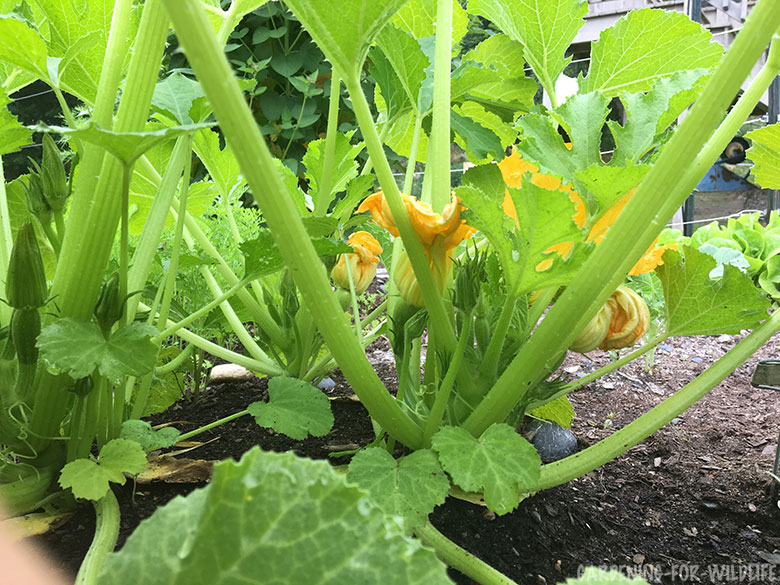
The facile answer? Mesoamerica, like all squash.
To dig deeper, of course, we have to discuss exactly what comprised Mesoamerica and how their squashes led to the zucchini we have on our dinner tables. Everyone has heard of the Aztec and Mayan cultures that developed and thrived thousands of years before Christ in what is now southern Mexico and northern Central America, with domesticated instead of gathered crops, city centers, and complex myths and religions. Along with maize and many other fruits and vegetables, the Aztecs, Mayans, and other Mesoamerican peoples mastered the cultivation of multiple gourd and squash varieties—including the one that would become the modern-day zucchini.
Flash forward to colonization of Mesoamerica by the Spanish conquistadors and their followers. “Wow, look at all these strange foods! We must bring some back to show the queen!” Flash forward another few centuries, to the mid-19th century (mid-1800s) and focus on Italy, and you’ll find the first appearance of what we now lovingly know as zucchini.
Translated from the Italian, from the Latin cucurbita (“gourd”), the word zucchini means “little marrow.” And from northern Italy, the modern zucchini and its culinary uses spread around the Mediterranean, Europe, east to Asia, and not least, the roundabout way back to North America and the grocery store down the street. Or, more accurately for our purposes, the garden in the back yard.
Is Zucchini a Superfood? Is It At Least Healthy?

Since a food has to be especially rich in compounds like antioxidants, fiber, or fatty acids that are directly beneficial to human health in order to qualify as a “superfood,” poor zucchini doesn’t make the cut. But that doesn’t mean it’s not good for you.
In terms of minding your extra pounds, zucchini is healthy in the sense that it’s not a high-calorie food. More good news, it does contain significant amounts of folate (a B vitamin), potassium, and vitamin C—not too shabby for a vegetable that’s as common, and yet pleasing to the palate, as this delicious summer squash.
So when you ask yourself, “How many zucchinis per plant?” know that, “The more, the better,” is also a fair answer.
Now that we have a green light for cooking and eating zukes, the question becomes, “How can this nice little monster be prepared?” The ways are myriad—as numerous as the regions in which you can find the zucchini plant.
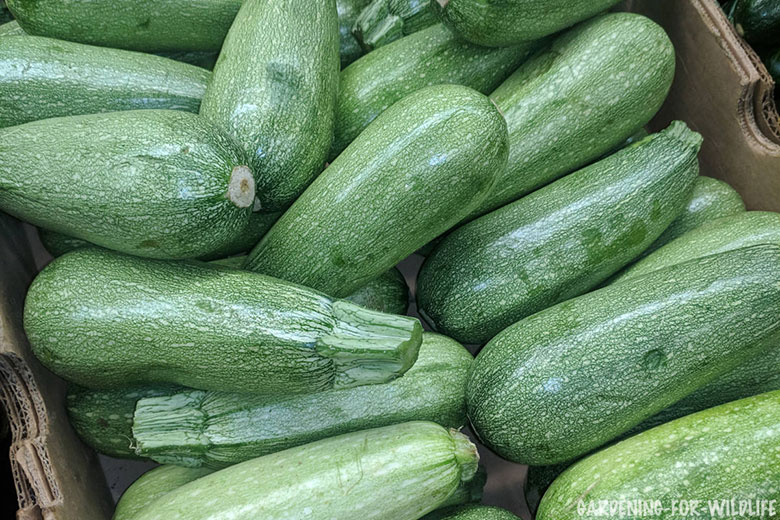
The recipes range from pedestrian to gourmet. We’ll start from Italy and move outward in the list below:
- Italy—Fried or deep fried, baked or boiled, alone or with other flavors. The delicate zucchini flowers, when deep fried, are called fiori di zucca.
- France—As a key ingredient in ratatouille (which originated near what is now Nice). Also often prepared stuffed with cooked meat or other vegetables.
- Greece—Served boiled, stewed, or fried with other veggies like hot peppers. The flowers can be stuffed with mild cheese like feta and deep fried or baked in tomato sauce. Various recipes call for the zucchini to be stuffed with rice, minced meat, and herbs and baked.
- Turkey / Middle East / Northern Africa—Stuffed and baked to form the popular dish dolma, and also often stewed with other veggies or meat.
- Mexico—Frequently used in soups and stews of all descriptions. The zucchini flowers make good stuffing for quesadillas, as well.
- United States—Appropriated, as you know, into all kinds of ethnic cooking, and commonly used in every manner from our go-to saute dish with yellow squash to being cut into a low-cal faux noodle to be served with marinara.
- Australia—Most popularly, made into “zucchini slice,” a dish similar to a frittata.
What Else Should I Know?
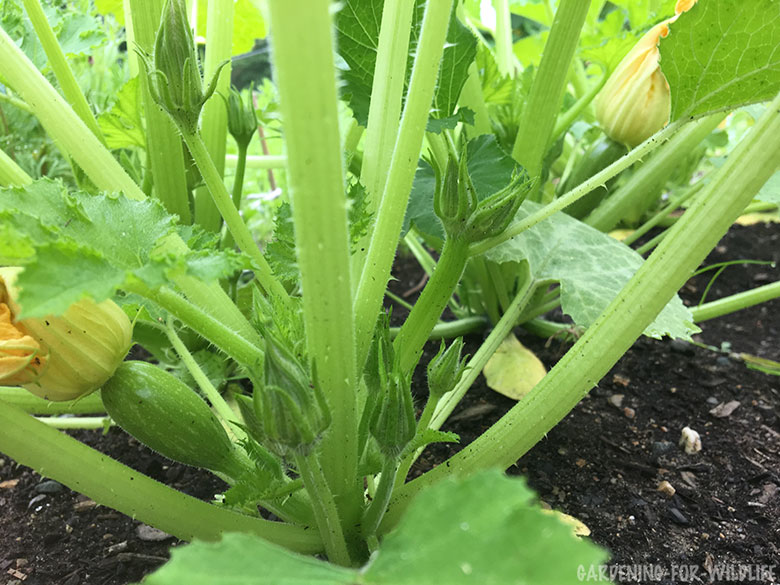
Alright, we’ve covered how many zucchini per plant, zucchini nutrition and possible pests, and the squash’s culinary history. Now we’d like to leave you with a bonus—some juicy and little-known uncategorized zucchini facts.
Despite the sheer number of delicious ways the lowly zucchini can be prepared, you wouldn’t consider it an especially exciting vegetable. However, we did discover the following five tidbits you might not have known, and they’re pretty fun, if not thrilling:
- Zucchinis are harvested before full maturity. At full size, a zucchini can be over two feet long and ten inches around, and it loses its tenderness and slightly sweet appealing flavor. In general, a length of eight inches is the ideal harvesting size.
- We’re not kidding about #1. In 2014 in the Niagra Falls area, a single zucchini was allowed to grow to its unusually large full length—in this case, an astounding eight feet, three inches.
- The French were hesitant to accept the zucchini into their cuisine. Chefs in France in the early 20th century generally agreed that the zucchini was “bland and watery.” Later, of course, zukes were redeemed by their contribution to the famed and delicious ratatouille, and their use in French cuisine increased thereafter.
- Technically, zucchini is a fruit, not a vegetable. We place this fact in the “interesting” section with quotation marks in full effect, since we’ve had our fill of the old “tomatoes are actually a fruit” remark for far too long and don’t want to bring the friendly zuke into any petty debates.
- Zucchini is closely related to its fellow vine fruits watermelon and cucumber. All three are members of the family Cucurbitaceae.
Conclusion
Now you know not only what to expect in terms of how many zucchini per plant, but also a slew of other facts and figures to pull out at your leisure. Use them to impress your dinner guests as you wow their bellies with your zucchini recipes, or just rest in your own edification.
Something to add? Scroll down and leave us a zucchini-related anecdote or simply a comment on what you’ve read—here or elsewhere. Most of all, enjoy your garden—zucchinis included, of course—and its associated wildlife. You’re contributing to an earth that’s more whole and more natural, and we thank you.
